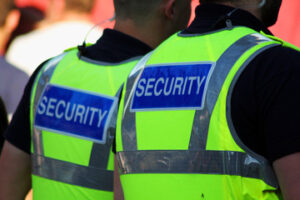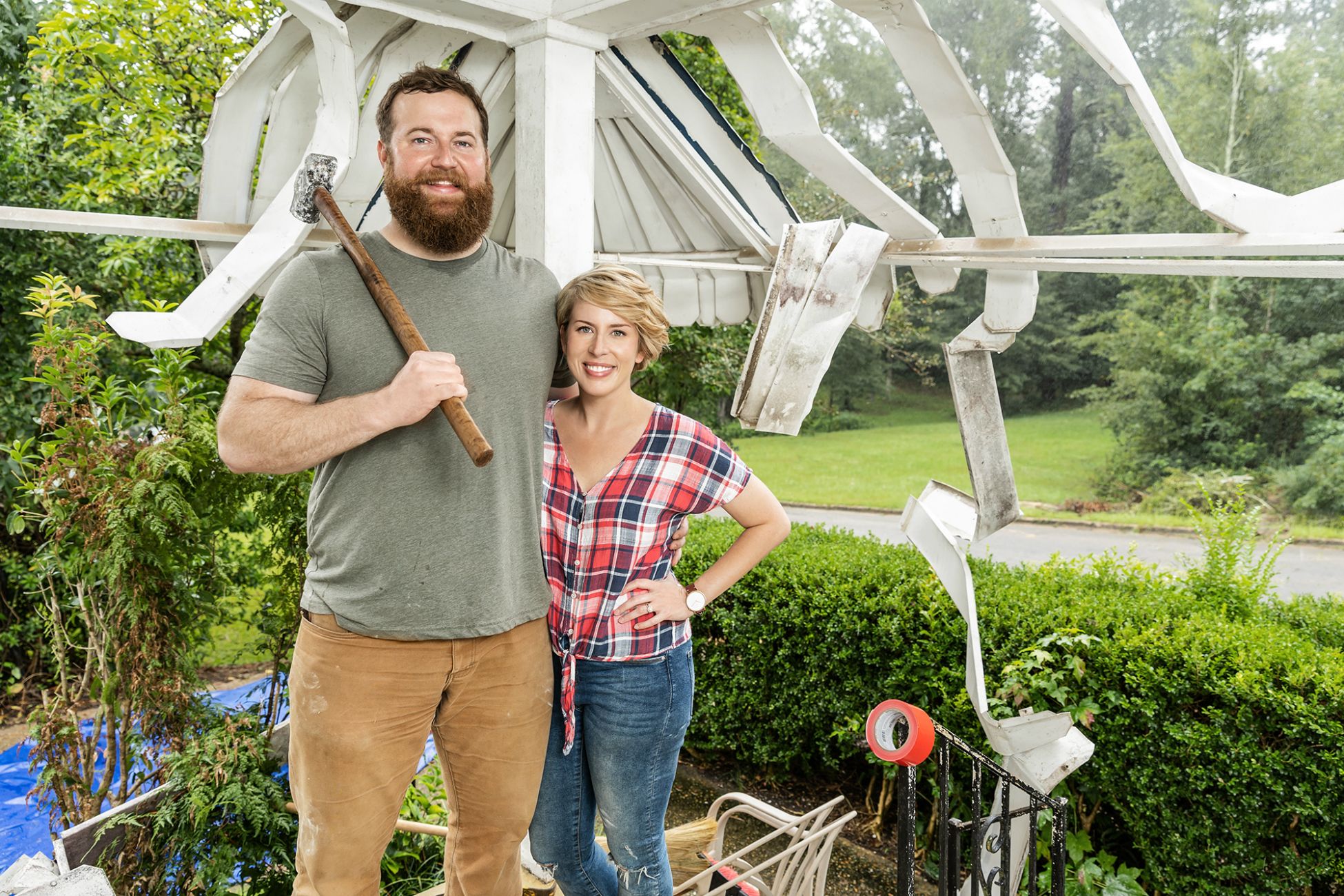A Security Guard protects property and people by patrolling a designated area, providing surveillance, and reacting to emergencies. These security professionals are often referred to as private police, and their duties are essential in keeping buildings and other facilities safe.
Security Guards are visible deterrents to crime and bad behavior, and many robberies, assaults, vandalism, and other offenses are prevented just by the presence of guards in high-traffic areas. Most of these security professionals are employed by private security contractors, and their duties vary by client facility. They may be armed or unarmed, depending on the needs of their clients. Click the Security Companies In Maryland to know more.

Patrolling: Security guards regularly walk or drive around their assigned territory to detect any unauthorized activity, deter crimes, and keep watch over assets within their jurisdiction. They also collaborate with law enforcement agencies when responding to incidents like burglaries, fires, or medical emergencies.
Surveillance: Security guards monitor and record all activities in their area of responsibility. They use cameras, scanners, and other equipment to identify any potential threats and report any incidents to appropriate personnel.
Crisis Response: Security guards are trained in the use of conflict de-escalation techniques to calm and reassure people during emergencies. They are sometimes also responsible for detaining suspicious individuals until first responders arrive on the scene.
Security guards are usually stationed at various checkpoints to provide a sense of safety for visitors and employees in high-traffic areas. They are also tasked with explaining security and safety rules to people entering their assigned facilities, so they must have excellent customer service skills.
Security Monitoring
Security guards monitor their assigned areas and work to deter and prevent security breaches, like theft, vandalism, or unauthorized access. They do this by patrolling the premises, monitoring surveillance systems, and responding to alarms or disturbances. They also perform customer service tasks, such as screening and assisting people entering and exiting buildings or events.
They can also identify suspicious activity by noticing unusual smells or sounds and following up on them. For example, if a security guard sees someone with an unusual backpack, they can follow them to find out who it is. They can also detect fires or other emergencies and are trained to respond immediately with first aid until they can call for help.
Being a visible presence can be an effective deterrent, and security guards are often stationed at building entrances, ensuring they can offer assistance to anyone who enters the property. They must balance this duty with their other tasks, demonstrating strong communication skills and decisive leadership until responders arrive.
In crowded settings, security guards may also help maintain order by enforcing rules and regulations. For example, they can ensure that people don’t crowd into elevators or stairways and that they lock their computers when leaving their desks. They can also help prevent information theft by requiring visitors to sign in and out, and they can check IDs for security reasons.
Security guards can also collaborate with law enforcement on investigations into incidents that occur on their premises. This requires knowledge of laws and regulations about privacy, security, and trespassing. They also participate in training and drills to stay up-to-date on their skills and prepare for any scenario that may arise while on duty.
Surveillance
The ability to keep an eye on things is essential for security guards. Surveillance involves the constant, covert observation of people and places. Depending on the type of surveillance used, it can be done by cameras or physical tracking. It is also possible to combine physical surveillance with a face recognition system that can automatically identify and direct police to fugitives. Surveillance may be performed with a nondescript vehicle or on foot, and is usually done in a coordinated activity called a stakeout (the name derives from the practice of land surveyors who place survey stakes around the area to mark off a plot for construction).
The effectiveness of surveillance depends on its ability to provide top management with focused, reliable, timely evidence that is analyzed effectively and presented to them in time for action. This requires knowledgeable technical personnel who can identify and present information to managers that is most relevant to their intervention needs. This may involve presenting simple tables and graphs or using more sophisticated data analysis techniques. The type of surveillance also matters; those who support video surveillance in city streets may not support indiscriminate telephone taps, for example.
Detection of Irregular Activity
Security guards are often the first to notice any problems that may arise on the premises. Whether it’s a fire, medical emergency, or criminal act, the security guard is often the first to respond and handle the situation until first responders arrive. This requires excellent communication skills as well as decisive leadership.
Security officers also ensure that preventative measures are being followed. They regularly perform safety checks to confirm that alarm systems, fire equipment, and other safety mechanisms are functioning properly. They also monitor any activity that could be deemed suspicious or out of the ordinary and report any findings to their superiors.
A good security guard is a highly visible presence in public areas, a deterrent to anyone who may be planning illegal activities on the premises. They are trained in conflict resolution techniques, allowing them to diffuse potentially volatile situations and keep them from escalating until police arrive.
In some cases, security guards are tasked with providing customer service. For example, when stationed at building entrances, security guards might be expected to welcome guests, offering information and directions. This is a very important part of their role as it contributes to a positive experience for visitors.
Security guards must be familiar with all the procedures of their employer’s establishment. They must have the ability to recognize all the people who come into their area of responsibility, detect any unauthorized individuals, and observe all situations. They must be able to determine details regarding an incident and communicate them clearly to other security personnel like EMTs or firemen. They must also know how to sound the alarm and call the proper authorities if necessary. This will help to prevent panic among the people and keep everyone safe during a crisis event.
Reporting
Security guards are responsible for monitoring their assigned areas, documenting any unusual or suspicious activity, and reporting it to a higher authority. They may also be expected to patrol the premises and provide customer service for visitors, customers, or residents. Some security guards work outdoors, where they must be prepared to handle various weather conditions and travel from one area of a property to another.
The most common setting for a security guard is within a business environment. In this setting, a guard is often the first person to detect and deter crime and will be stationed at the entrance of a building or facility, monitoring access control and enforcing rules like no smoking and loitering. They might be called upon to conduct internal investigations into disturbances, respond to alarms triggered by intruders or fire alarms; write reports; patrol the grounds; detain suspects until law enforcement arrives; and operate surveillance equipment such as CCTV cameras.
Many professional security guards are armed, which adds a level of physical protection to their role and can make them more effective deterrents to criminal activity. Armed security professionals receive a greater amount of training than their unarmed counterparts, including a weapons training program, active shooter training, and psychological examinations. They are also regulated by the state in which they work and are required to comply with the laws of that jurisdiction.
Other professionals in this field are not armed, and they focus less on deterring crime and more on patrolling the premises to observe activity. These guards are often more visible than their armed counterparts and are stationed at key checkpoints around the property. They may also be required to train guards under their command.
